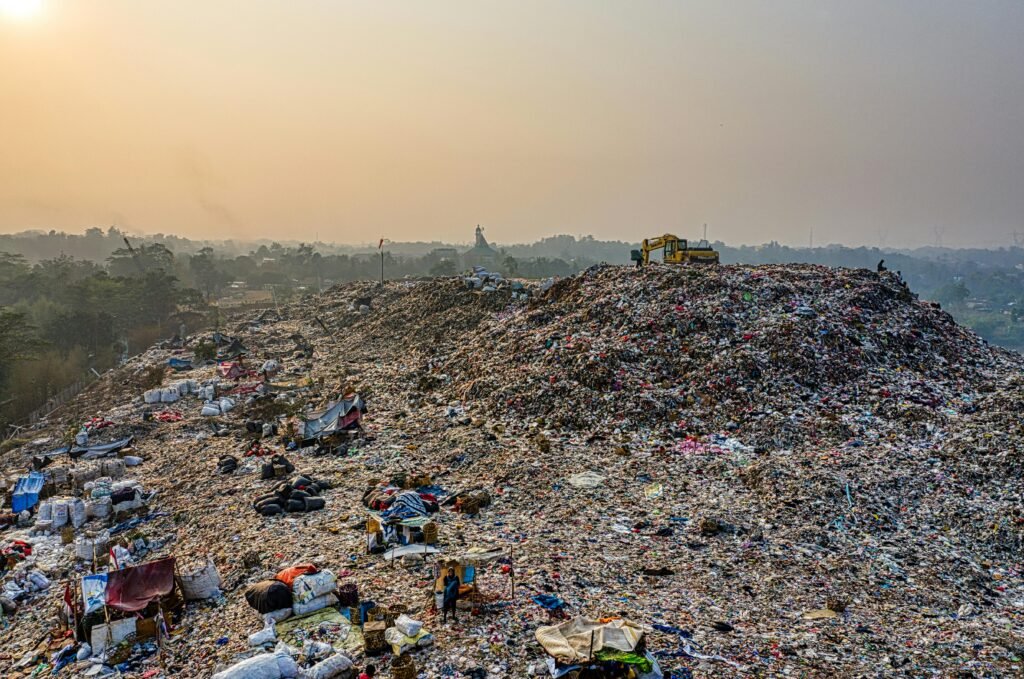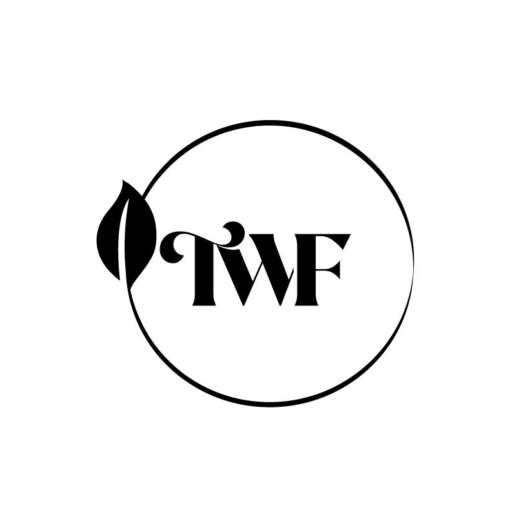Reducing CO2 emissions, water contamination, and microplastics. There are a lot of good reasons to recycle textiles. For old towels, clothes way past wear, and other hard-to-recycle textiles here are the best places to recycle them.
| All products featured on The Wellness Feed are independently selected by our editors. However, when you buy something through our retail links, we may earn an affiliate commission.|
Reduce. Reuse. Recycle. This isn’t just a nifty slogan. It’s a solution to our waste problem. Out of the 17 million tons of textiles produced in 2018, 11.3 million tons of textiles were thrown into landfills while only 2.5 million tons were recycled. That means we have a recycling rate of 14.7% in the U.S. leaving a lot of room for improvement. Because it’s easier to reduce and reuse, some companies are making it easier for people to recycle old textiles to ensure that landfills aren’t the only option.
Guide: Where To Recycle Your Clothes From The Comfort Of Home
Towels. Bed linens. Napkins. Clothes that are beyond wear. These items are notoriously hard to recycle, so it’s no wonder they’re often thrown out. Without having systems in place to make it easy to know how and where to recycle old textiles, the trash and landfill are the convenient options. Realizing we need a better solution companies like Retold, a clothing recycling company, are making it easier to recycle with monthly subscriptions. And, there are a few ways you can reuse textiles in your home.

Why We Should Recycle Old Towels, Linens, Etc.
What’s so bad about clothing waste? The big answer is climate change. Over the last 70 years, we’ve begun using resources at a rate that is faster than the earth can replenish. And, it’s having dire consequences.
The way everyday textile items like towels, bed linens, and curtains are made is unsustainable. This begins with the way materials like cotton and polyester are harvested and created. These are two of the most popular textile materials. Conventional cotton farming erodes soil, contaminates and depletes freshwater resources, and pollutes wild habitats with chemicals. This contributes to a loss of biodiversity and the disruption of local ecosystems which in turn drives rising temperatures and extreme weather. Polyester, made from crude oil, far worse. An estimated 342 million barrels of oil are used yearly to make polyester fabrics and contributes to 700 million tons of CO2 emissions. We don’t need to be told again how man-made CO2 emissions warm the planet and cause climate change.
While the production cycle is unsustainable, so too is the waste cycle. We make, buy, and waste at a faster rate than previous generations. As landfills grow and expand, textiles decompose slowly while also leaching harmful chemicals and greenhouse gases into the air, water, and soil. Synthetic plastic-based textiles like polyester bed sheets break down into microplastics polluting our ocean, soil, and freshwater resources. Textiles in landfills release methane, a potent greenhouse gas into the air.

Where To Recycle Old Towels, Linens, Etc.
There are a lot of good reasons to recycle fabrics. It’s one of the solutions to prevent the negative impacts of textile waste- greenhouse gases, water contamination, and soil erosion. Looking for a place to recycle old towels or clothes beyond wear? Why not…
Donate to animal shelters. Old towels and bed linens can be donated to your local animal shelter to be used as bedding for pups.
Cut into rags and cleaning supplies. Fold your bed sheets until you have a square (about 6 x 6 inches). Next, cut along the folds to make small rags for you to dust, wipe, and clean your home or car. You can store rags in a container where you keep your cleaning products.
Enroll in a recycling subscription. If you’re crafty, a DIY, or a quilter you might find yourself with a lot of leftover pieces of textiles. Subscriptions like the Retold bag will accept most fabric scraps and will sustainably recycle textiles. They’ll also accept old towels, bed linens, cloth napkins, and other textiles.
By recycling textiles you’re actively participating in the circular economy. Your old textiles are given new life, reducing the demand for virgin materials and minimizing environmental impact. Plus you’ll minimize cluttering your home and the planet.
